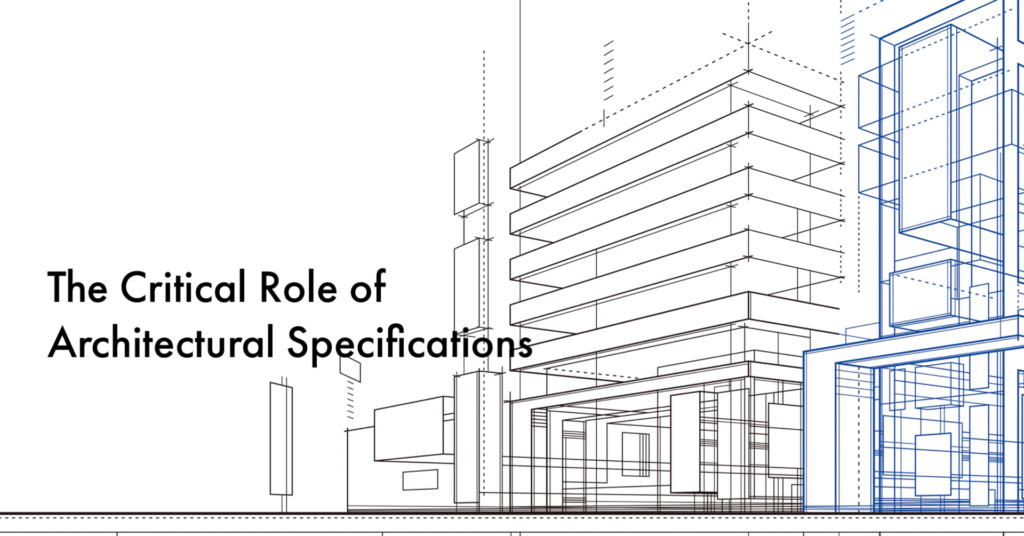Steve Kayman and Harry Lipman to Present at Trade Secrets Conference
January 31, 2024Christopher Robinson publishes article in ABA Journal: “Art Commission Agreements and VARA Moral Rights”
February 6, 2024
By Thomas E. Chase, Esq.
February 6, 2023
Architectural specifications play a critical role in construction projects but are poorly understood by owners with little construction experience. Clients often believe that architects are responsible only for the aesthetics of a project: its look, feel, flow, etc. They do not understand the important role that an architect’s “specifications” play in the contract process. In fact, when hiring an architect, probably the most important thing to consider is not the architect’s aesthetic vision but the quality and quantity of the architect’s standard specifications. Inexperienced or unprofessional architects often have poor specifications and view them as an afterthought.
Architectural Specifications
Architectural plans include both (1) the familiar drawings depicting the building or renovation and (2) the “architectural specifications” consisting of numerous paragraphs of fine print accompanying the drawings. Indeed, architectural specifications often appear in print that is so small that they are impossible to read unless viewed on full-size 24” x 36” architectural plans.
Despite the tiny print, architectural specifications play a big role in construction contracts. Architectural specifications prescribe the litany of materials and methods that go into a high-quality construction project. Any material or method above the minimum required by code must be set forth in the architectural specifications. Thoughtful specifications identify specific fixtures, finishes, and building techniques for every component of construction: mechanical, electrical, plumbing, foundations, framing, thermal and sound insulation, windows, floors, etc. Architectural specifications, therefore, distinguish professional/craftsmen construction from that which is merely the minimum accepted in the trade.
Construction Contracts Incorporate Architectural Specifications
Architectural specifications form the heart of a strong construction contract. Contracts between owners and general contractors define the parties’ rights and obligations regarding payment, timing, cancellation, etc., but do not define the actual work performed. The actual work to be performed is set forth in architectural plans and specifications, which contracts incorporate by reference.
Consequently, in most construction disputes regarding the quality or scope of construction, the most important question is whether the architectural specifications address the issue. If the specifications address the issue, the GC is required to build the project in conformity with the specifications. If the specifications are silent on the issue, the GC may have little or no obligation to construct the project in a certain manner.
So, the lesson for owners is to pay attention to the fine print in the architect’s plans. Discuss the specifications with your architect, understand what they contain, and insist that your architect develop comprehensive specifications requiring high-quality materials and methods that are tailored to every aspect of your project. If things go wrong on your project, the specifications will be very important in determining the general contractor’s responsibility to make things right.

